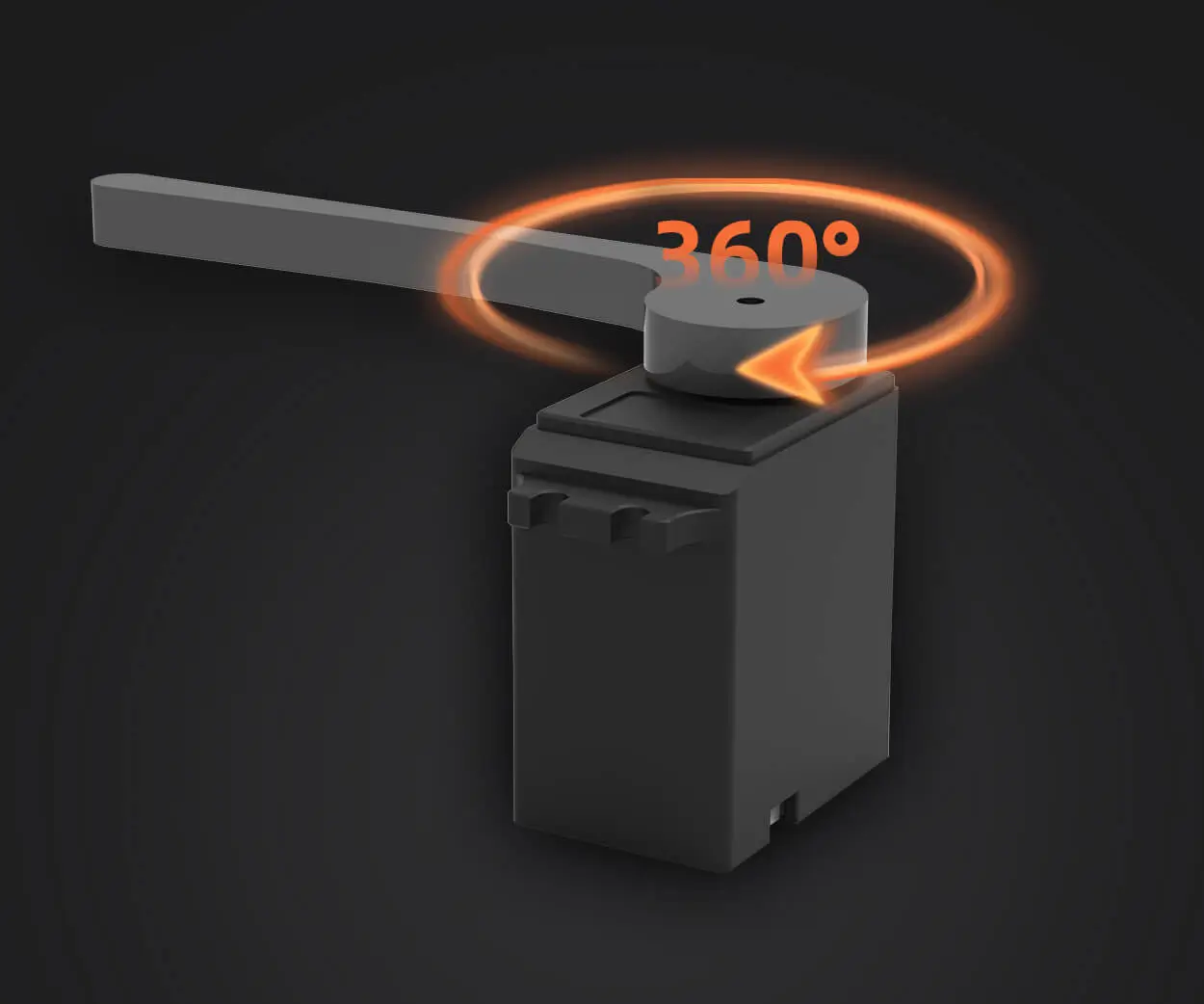Unlocking Power and Precision: The Ultimate Guide to Hydraulic Motor Gear Couplings
In a world driven by machinery and technological innovation, the quest for reliable, efficient, and durable power transmission components has never been more vital. Among these, hydraulic motor gear couplings stand out as a marvel of engineering—bridging the gap between complex hydraulic systems and mechanical power delivery with finesse. They serve as the vital link that ensures smooth torque transfer, minimized wear, and seamless operational control in diverse industrial applications.

The Essence of Hydraulic Motor Gear Couplings
At the core, a hydraulic motor gear coupling is a specialized mechanical device designed to connect a hydraulic motor to its load or the next component in a transmission system. Unlike standard couplings, they are tailored to accommodate high torque, vibrational damping, and misalignments often encountered in hydraulic-driven machinery.
Think of hydraulic motor gear couplings as the backbone of machinery where hydraulic power converts into rotational movement, powering everything from manufacturing equipment to marine vessels. Their role is crucial: they must efficiently transmit torque while safeguarding the system from shock loads and vibrations.
Designing for Durability and Efficiency
One of the defining features of modern hydraulic motor gear couplings is their intricate design, combining gear mechanisms with robust materials like high-grade steel alloys and composites. The gear component typically involves spiral or bevel gears crafted for maximum contact surface, reducing stress concentrations and wear.
In operation, the coupling must handle high rotational speeds and fluctuating loads, necessitating precision engineering. Manufacturers pay close attention to aspects such as:
Gear Profile Optimization: Ensuring smooth engagement and load distribution. Material Strength: Using corrosion-resistant and fatigue-proof materials for longevity. Vibration Dampening: Incorporating flexible elements or damping technology to mitigate vibrations that could damage the system or cause inefficiencies.
Applications in Industry
Hydraulic motor gear couplings find their niche in numerous sectors—each with unique demands:
Construction Equipment: Excavators, cranes, and bulldozers rely on these couplings to handle rugged environments and variable loads. Manufacturing Plants: They ensure smooth operation of conveyor belts, presses, and robotic arms where precision is paramount. Marine Industry: Powering ship propulsion systems that must endure demanding operational conditions at sea. Mining Operations: Delivering reliable power transfer across heavy-duty machinery operating under extreme conditions.
The versatility and resilience of hydraulic motor gear couplings make them indispensable in these demanding environments. Their ability to accommodate misalignment without compromising performance lends them a significant advantage over traditional couplings.
Advantages That Set Them Apart
Why do engineers and operators prefer hydraulic motor gear couplings? Here are a few compelling reasons:
High Torque Transmission: Capable of handling substantial power loads without slip or failure. Flexibility and Misalignment Accommodation: Designed to withstand axial, angular, and edge misalignments common in real-world applications. Shock Absorption: They cushion sudden load impacts, protecting other components. Reduced Maintenance: Thanks to advanced materials and design, they demand less frequent upkeep, minimizing costly downtime. Compact Design: Offering high power density in a relatively small package. Corrosion Resistance: Suitable for harsh environments, extending service life.
These features make hydraulic motor gear couplings not just components, but strategic assets that boost operational efficiency, safety, and longevity.
The Future of Hydraulic Motor Gear Couplings
Looking ahead, the field of hydraulic couplings is poised for exciting growth driven by innovations in materials science, smart technology, and automation. Manufacturers are exploring:
Composite Materials: To further reduce weight while enhancing strength. Sensor Integration: Embedding sensors for real-time monitoring of load, temperature, and wear—enabling predictive maintenance. Enhanced Damping Technologies: To better absorb vibrations and shocks in ultra-high-speed operations. Modular Designs: Facilitating easier repair and customization tailored to specific machinery needs.
In tandem with the broader trends toward Industry 4.0, hydraulic motor gear couplings are evolving into smarter, more adaptable components that truly keep the machinery of tomorrow running smoothly.
Kpower has delivered professional drive system solutions to over 500 enterprise clients globally with products covering various fields such as Smart Home Systems, Automatic Electronics, Robotics, Precision Agriculture, Drones, and Industrial Automation.




































